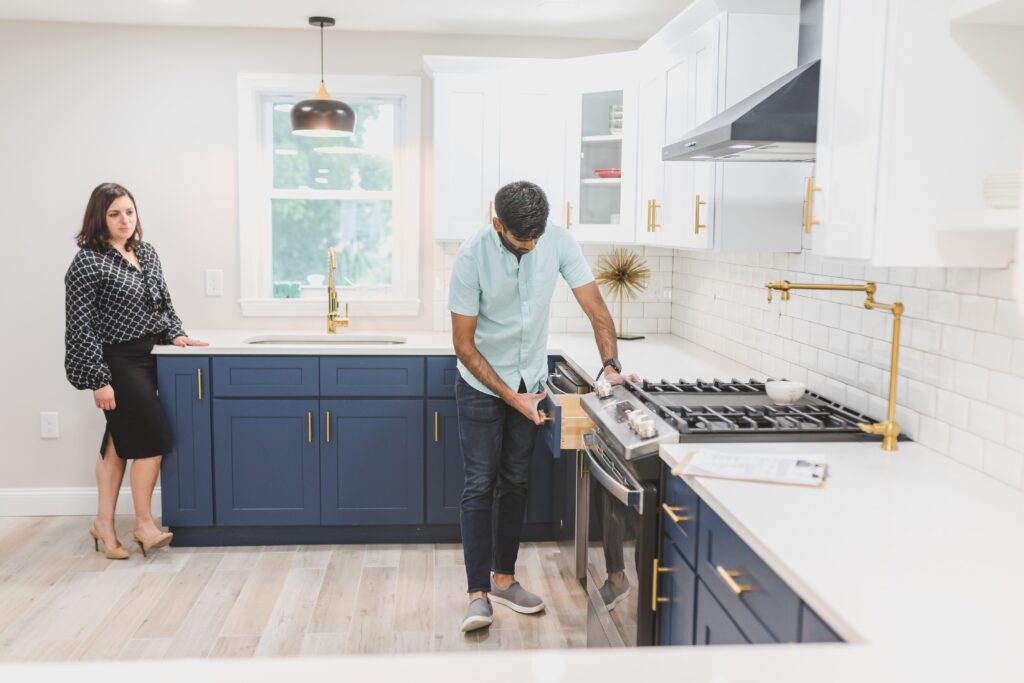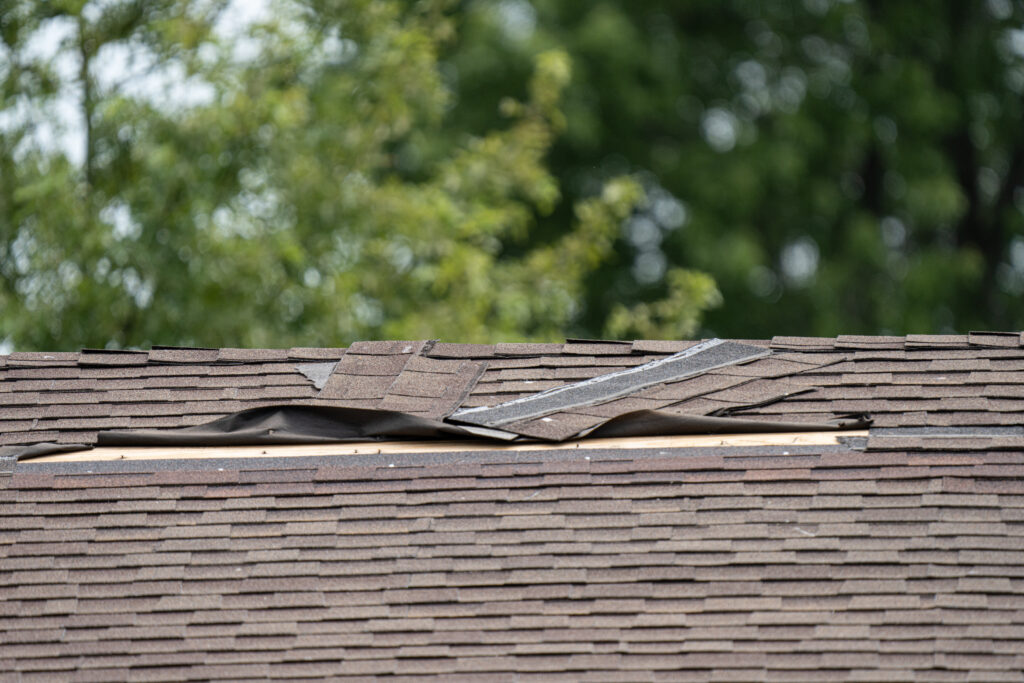Showings are one of the most exciting parts of the homebuying process. Whether you’re seriously interested in buying a home or just love to peruse open houses, this is where the fun begins.
However, home tours can also be overwhelming. When you walk into a house for the first time, your head is on a swivel, taking it all in. It’s important to look past the surface to get an accurate picture of the home, especially if you want to put in an offer.
Not sure what to look for? We’ve got you covered. Here are 12 things to keep an eye out for during your next showing.

First Things First: What’s the Difference Between a Showing and an Open House?
Showings
A showing is a private viewing of a home for sale. Showings are usually set up by your REALTOR®. Your agent will work with the seller—or seller’s agent, if there is one—to schedule a time for you to see the home.
Typically only you and your agent attend the showing. Most sellers leave the home during showings so you can explore without strangers lingering.
Open Houses
Open houses, on the other hand, are public. The seller or seller’s agent picks a day and time—typically an hour or two on a Saturday or Sunday—to host an open house. During that time, the home will be open to anyone who wants to look.
An agent is always present at open houses. However, this agent may not always be the same person as the listing agent. Sometimes it’s hosted by a different REALTOR® from the listing agent’s company.
No matter what agent is hosting the open house, they are there to answer your questions about the home. Don’t be afraid to ask for more information.
What about your agent? Should they accompany you to open houses?
While it’s not necessary, it is ideal. This allows your agent to coach you and to speak to the agent hosting the open house on your behalf. It also helps them see the features you like and dislike as you explore properties. If your agent does not accompany you to an open house, it’s a good idea to fill them in afterwards so you’re always on the same page.
However, it probably won’t just be you, your agent, and the hosting agent at an open house. Other interested buyers, agents, and even curious neighbors may also be taking a look around. If you prefer to tour homes without other buyers around, work with your agent to set up a private showing instead.
This list of things to look for applies to both private showings and open houses.
A Quick Note About Technology
With today’s tech-savvy homes, it’s wise to assume that you might be recorded while you’re viewing the home. Home security cameras or smart speakers may be capturing what you are saying or doing.
Because of this, it’s best to address any concerning comments or sensitive questions with your agent outside of the home, ideally off the property. This is true for both private showings and open houses.

1. Look past the furniture and decor.
It’s easy to get swept up in a house that is beautifully decorated or staged. Keep in mind the sellers will have done their best to make the home look fabulous. Don’t let that prevent you from taking a good look at what’s really there. Remember, the beautiful furniture and decor won’t come with the home if you buy it.
On the flip side, it’s easy to dismiss a home that isn’t staged. Maybe the home is empty or overly-cluttered, or it’s just not decorated in your style. When it’s officially yours, the home won’t look the same. Look past the personal belongings and furnishings and focus on the core elements of the home: the floor plan, room sizes, and the home’s condition.
It’s also a good idea to do a quick mental exercise. Can you envision your stuff here? Can you see yourself spending time here, feeling at home here, even working here (if you have a remote job)? Does the house flow and function the way you need it to?
These questions go beyond surface-level appearance, forcing you to look a little deeper.
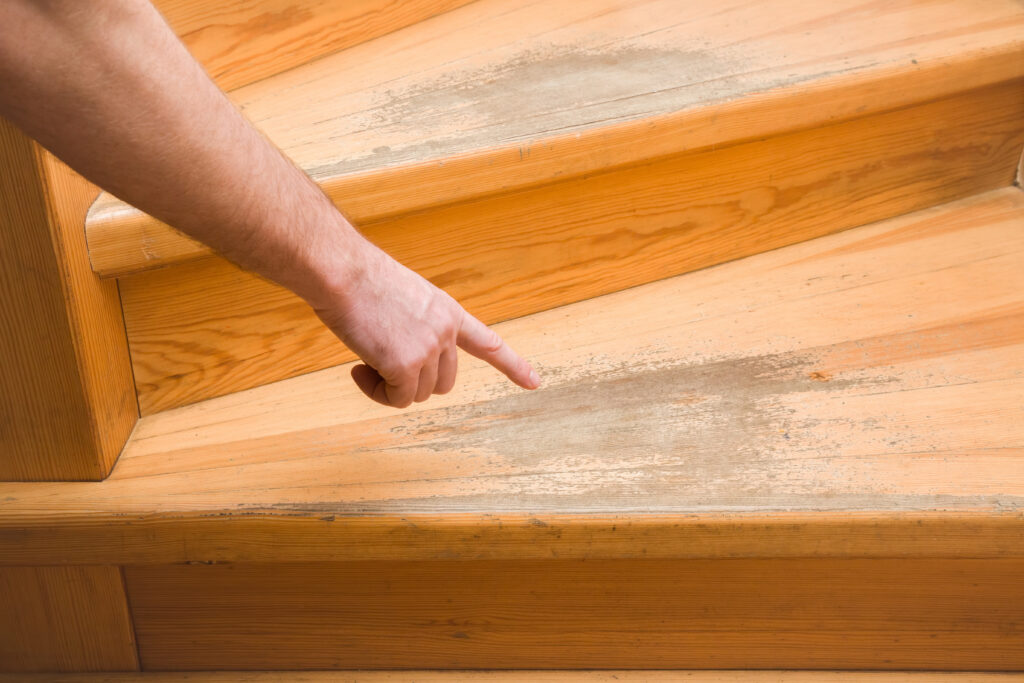
2. Check the condition of the floors.
Is the tile cracked? Is the wood or LVP flooring scratched? Is the linoleum peeling? Are the carpets worn?
Outdated or well-worn flooring doesn’t have to be a deal breaker, but it’s a good idea to consider your options. Is the condition of the floors something you can live with? If the answer is no, is it something you have the budget to replace?
Also keep an eye out for warping, sagging, or sloping—all of which may indicate issues beneath the floor and cost you money to fix down the road.
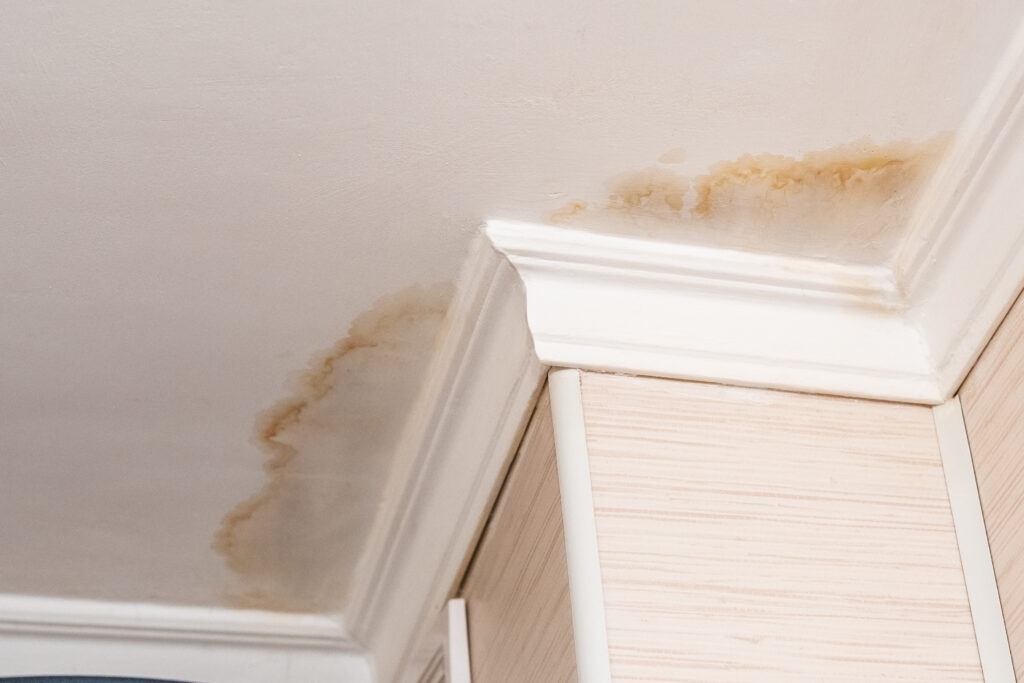
3. Take a close look at the walls—including the ceilings.
Similar to the flooring, a close inspection of the walls can reveal issues beyond the surface. Large cracks could indicate foundation problems. Discoloration often means water damage (this is usually found on the ceilings, so be sure to look up).
Pay attention to what’s on the walls, too. A fresh coat of paint is common, as many sellers want the home to look its best on the market. However, paint can also be used to cover things like water stains, rotting wood, and less-than-professional patch jobs.
This same logic applies to wallpaper, which has come back in style in nearly every room. Peeling or bubbly wallpaper will likely need to be removed or replaced. You don’t want to peel off the wallpaper in your new home and find an unwelcome surprise.

4. Examine any appliances staying with the home.
Every listing differs in terms of what appliances will stay when the home is sold. Fixtures attached to the home that would require tools to remove—such as ceiling fans, light fixtures, and blinds—almost always stay with the home.
Larger appliances are more iffy, but this information is typically included in the listing. Kitchen appliances, like the fridge, oven, dishwasher, and microwave (if it is built in), tend to stay. Washers and dryers, on the other hand, are more likely to be reserved by the seller, but can be negotiated into the offer. The seller also typically keeps garage fridges and deep freezes for themselves.
Your agent will have information about the age of the appliances, but newer doesn’t always equal flawless. If you decide to put in an offer, an official inspection will take a closer look at the appliances, but it’s a good idea to check for yourself.
Are the appliances dented or scratched? Are the fridge and freezer cooling properly? Are the blinds in good shape, or are they bent and broken? These are all things you can tell easily on your own during a showing.
5. Don’t be afraid to open doors and drawers.
Take a peek inside kitchen cabinets, pantries, hallway coat closets, and bedroom closets to get a feel for the home’s storage. Do the doors open easily, or do they stick? Is there enough cabinet or pantry space in the kitchen? How about the bedroom closets?
There is a fine line between ‘snooping’ and doing the work to make an informed home buying decision. If something is part of the home and would also be included in the sale, it’s generally okay to take a closer look.
This same logic applies to drawers. Bathroom and kitchen drawers are okay to open—dresser drawers are off limits. If you’re ever unsure, ask your REALTOR®.

6. Trust your nose.
There’s plenty to keep an eye out for during a showing, and you’ll want to keep your nose on alert, too.
Odors aren’t necessarily a deal breaker, but some are harder to remove than others.
Smells like cigarette smoke can permeate flooring and walls for a long time, and sometimes they require odor-blocking paint or carpet removal to fully neutralize the smell. Odors from pet accidents can also linger in the carpet and may call for a flooring replacement. Mildew or musty smells can indicate underlying problems such as leaks and water damage. Ask yourself if you have the budget to fix these issues should you decide to buy the home.
The phrase “too much of a good thing is a bad thing” is applicable here. An abundance of candles, wall-plugins, and air fresheners may be a sign the seller is using artificial scents to mask unpleasant odors.
Check out our “6 Smells That Turn Buyers Away” blog for more smells to be on alert for.
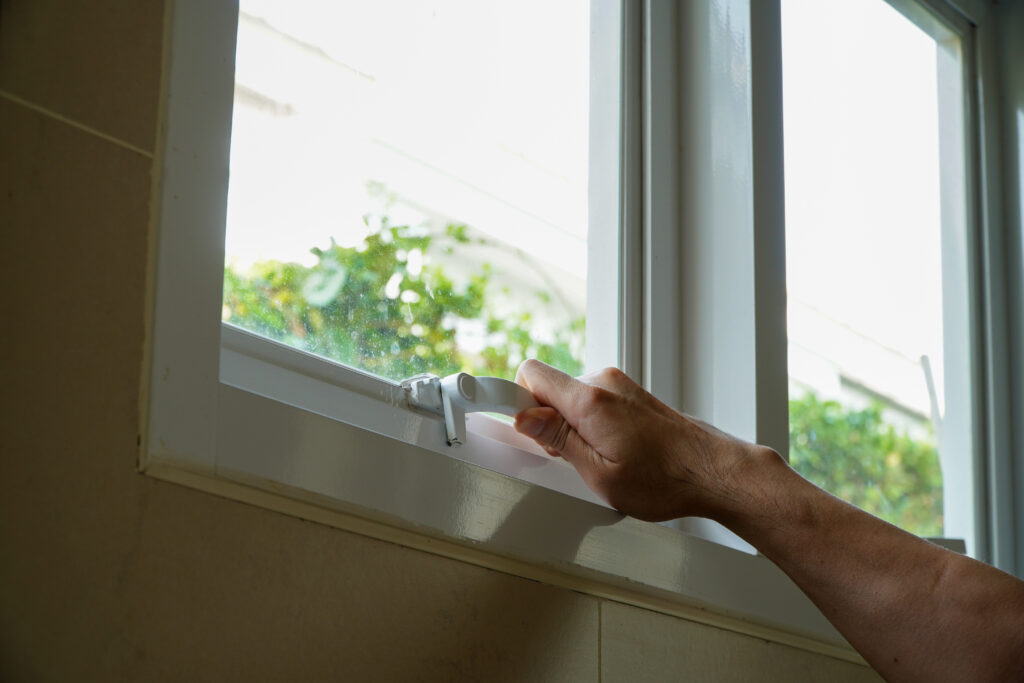
7. Take a peek at the windows.
If natural light is a must-have, note the size and orientation of the windows. Keep in mind that south-facing windows receive the most light and heat, while north-facing windows receive the least.
It’s also important to check the age and condition of the windows. Old, cheap, cracked, or improperly-installed windows can cost you down the line, especially when cold air seeps in during the winter.
Take a moment to open and close a few of the windows to make sure they move smoothly. If not, it could indicate foundation issues or poor installation.
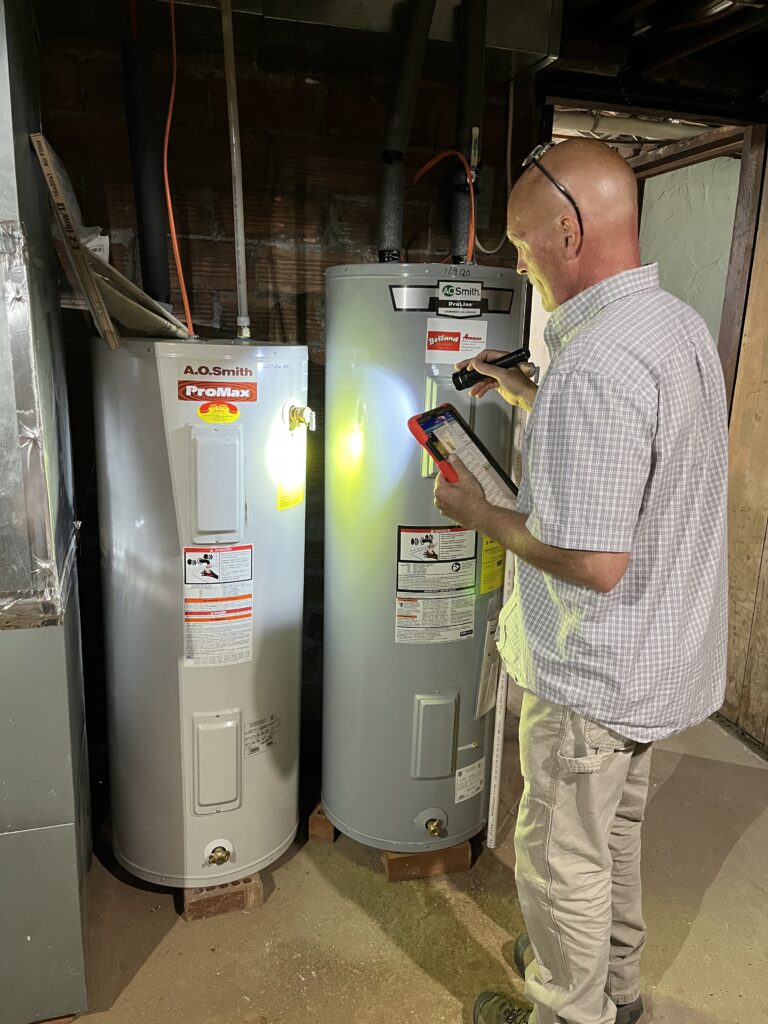
8. Give the HVAC a once-over.
Sure, the furnace, air conditioner, and water heater aren’t the most exciting parts of the home, but they are essential—and expensive to replace. Ask your agent about the age of the equipment (this is usually included in the listing information your agent has access to).
On a similar note, check the HVAC system and water heater. If you decide to make an offer, the official inspection will take a much closer look, but it’s nice to get a rough idea yourself. Can you see rust? If the system is older and in bad shape, do you have the budget to replace it?
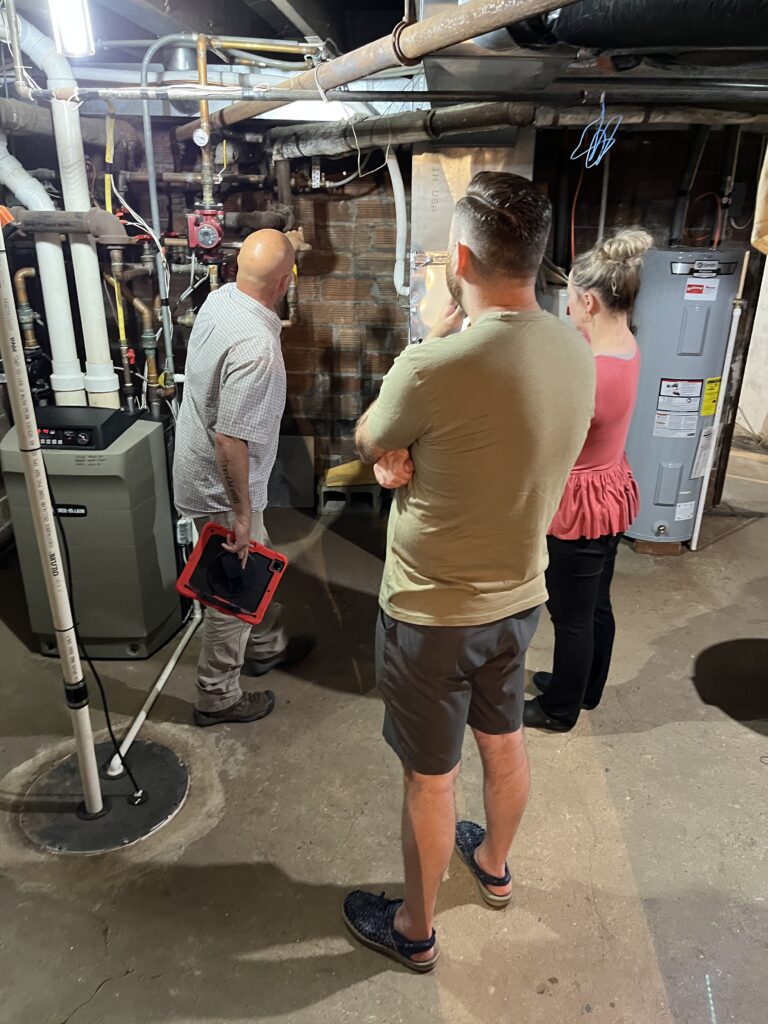
9. Inspect the basement carefully for water damage.
Like the HVAC, the basement isn’t usually the most intriguing part of the tour, but it’s often the place where the most serious home issues arise.
Regardless of whether the basement is finished, you’ll want to check for water or signs of dampness. If you do find signs of water, see if you can locate the problem.
Also, check for a sump pump. This is a system that removes water that gathers around the foundation of the house. If you live in an area with heavy rains and the potential for flooding, a sump pump can prevent your basement from filling with water.
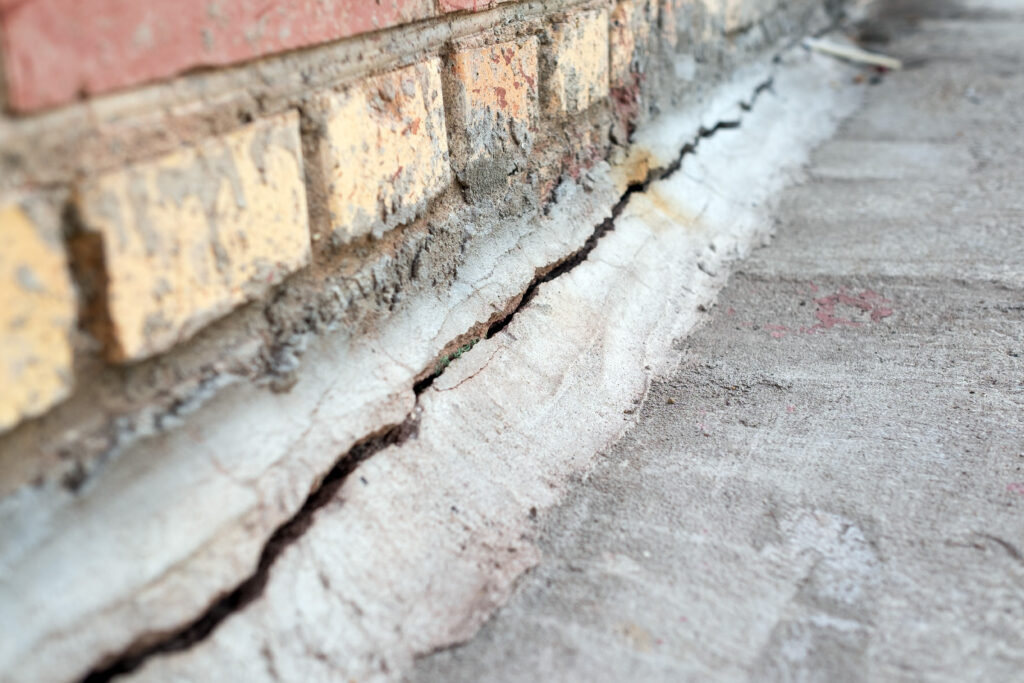
10. Check the basement and the perimeter of the house for foundation issues.
While you’re in the basement, check for any cracks in the walls or foundation. Be sure to take a lap around the outside of the home to look for exterior cracks, too.
Vertical cracks are often the result of the home settling, a normal process where the concrete constricts as it cures over time. These shrinkage cracks are especially common in new construction homes. While they don’t usually indicate a structural problem with your foundation, they can still allow moisture to seep into the home.
Horizontal cracks, however, are cause for concern. They almost always indicate a problem with the foundation beyond normal settling. Excessive soil pressure or water pressure from the ground around the home are common causes.
This external water pressure is sometimes referred to as hydrostatic pressure—the constant pressure water exerts while it is at rest due to gravity. Over time, this pressure can cause the foundation to buckle, resulting in a horizontal crack.
Cracked foundations are fixable, but they can be costly depending on how much of the foundation is compromised. The home’s integrity is only as good as its foundation, so take this issue seriously.
11. Examine the roof (to the best of your ability) from the ground.
While you won’t be getting up on a ladder for a close look at the roof during a showing —that’s the inspector’s job—you can still tell quite a bit from the ground.
Scan the roof for signs of curling or cracking, or missing or rotting shingles. Look for any areas that appear to be sagging, as this indicates an issue with the underlying roof structure. Ask your agent when the roof was installed (this is often included in the listing information your REALTOR® has).

12. Assess the yard, landscaping, and trees.
While you’re outside, take your time checking out the yard. How big is it? What’s the condition of the grass and landscaping? Is it well-manicured or in need of some TLC?
Also ask your agent who is responsible for maintaining the lawn and landscaping. Is the home part of an HOA? If so, what yard work is your responsibility? Does the neighborhood have specific requirements for landscaping, and can you meet those standards?
While you are asking these questions and surveying the yard, consider the amount of time you are willing or able to dedicate to yard upkeep. Knowing this can help you rule out homes with yards that may be too large or labor-intensive for your lifestyle.
Other things to look for include yard features like patios, fire pits, pools, and fences. If the yard lacks something you want like a fence, can you add one later, or is the lacking element a deal breaker?
Last but not least, take note of the trees on the property. Are there any red flags, such as bare sections where the branches grow no leaves? Can you see any signs of a pest infestation, like holes in the trunk or leaves? Treating infestations or removing infested trees can be costly, so don’t forget to look up when you’re outside.
Also pay attention to where the trees are in relation to the house, garage, and neighboring houses. Mature trees are an attractive quality in a property, and they can provide shade that cuts down on your energy costs in the summer. However, depending on their health and position, they can pose a threat to your house or your neighbor’s home during a storm.

Let’s Find Your Dream Home
Now that you know what to look for, you’re ready for upcoming showings. Pull this checklist up on your phone the next time you’re touring a home!
Remember, you can always turn to your agent for guidance, too.
Don’t have a buyer’s agent yet? We’ll help you find the perfect REALTOR®. Browse our roster of 50+ agents to get started.


